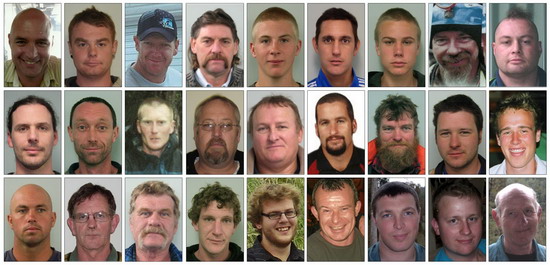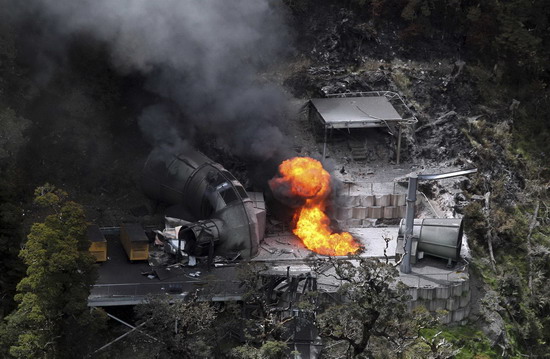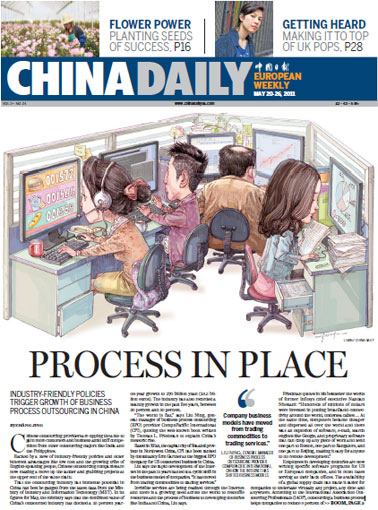Politics
Rescuers to re-enter NZ mine for the lost 29
Updated: 2011-05-24 10:26
(Xinhua)
WELLINGTON - Police and rescue workers have agreed a plan to retrieve the bodies of 29 men who died in one of New Zealand's worst ever mine disasters six months ago.
Stabilization of the Pike River tunnel entrance would begin on May 30, in the first step get into the heart of the mine, which has been sealed since a series of explosions killed the men in November last year, it was reported Tuesday.
Police, Mines Rescue staff and the mining company's receivers met in Christchurch Monday to plan the operation. The meeting was arranged after the release of videos showing two possible bodies inside the mine.
Once they reached the rock fall inside the mine, rescuers would have to tunnel through almost 200 meters of rock to reach the site where the men's remains were thought to be, said the report.
If the plan went ahead, rescuers would enter the mine on May 30, TV3 reported.
The operation could run until the end of July, spokesman for the victims' families Bernie Monk told the New Zealand Herald.
"I expect to see some of the bodies are still intact - their clothing and stuff like that," he told the paper.
The families were hoping the government would pay for the recovery operation as the cost for a feasibility study alone could cost hundreds of thousands of New Zealand dollars, the paper reported.
Police warned the South Island mine was still too unstable to enter.
Malcolm Hollis, spokesman for receivers PricewaterhouseCoopers, told the paper he was confident the mine could be stabilized by the end of July, and the main priority was safe ventilation.
New Zealand's worst mining disaster was the Brunner coal mine explosion, which killed 65 miners in 1896. Before Pike River, the most recent mining disaster was the 1967 Strongman mine explosion, which killed 19 miners.
|
|
E-paper

Thawing out
After a deep freeze in sales during the recession, China’s air conditioner makers are bouncing back
Cool Iron lady
Of good and evil
Build on security initiatives
Specials

Memory lanes
Shanghai’s historic ALLEYS not just unique architecture but a way of life

Great expectations
Hong Kong-born singer songwriter rises to the top of the UK pops.

A diplomat of character
Belgian envoy draws on personal fascination to help build China ties.






